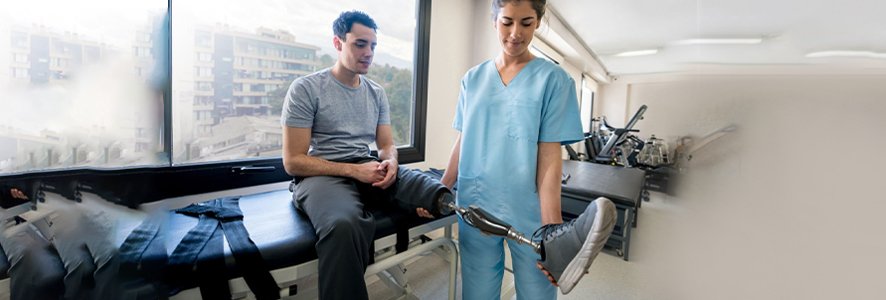Artificial limbs, orthotics, and orthopedic footwear are assistive devices that help individuals
with physical disabilities or limitations.
Types of Assistive Devices
- Artificial limbs (prosthetics) replace missing limbs, enhancing mobility and function.
- Orthotics provide support, stability, and alignment for body parts (e.g., ankle-foot
orthotics).
- Orthopedic footwear is designed to alleviate pain, provide support, and accommodate foot
deformities.
Benefits of These Devices
- Mobility and independence
- Pain management
- Balance and stability
- Functional ability
Common Conditions That May Require These Devices
- Amputations
- Cerebral palsy
- Stroke
- Musculoskeletal disorders
- Diabetic foot complications
Benefits of Orthopedic Footwear
- Pain relief: Reduces pressure and discomfort in the feet, ankles, and legs.
- Support and stability: Provides arch support, ankle stability, and alignment.
- Injury prevention: Helps prevent injuries by reducing stress on joints and muscles.
- Improved mobility: Enhances walking and movement comfort.
- Accommodates foot deformities: Suitable for conditions like bunions, hammertoes, or diabetic
foot issues.
- Customization: Can be tailored to individual foot shapes and needs.
Conditions That Benefit from Orthopedic Footwear
- Arthritis
- Plantar fasciitis
- Flat feet
- Diabetic foot complications
- Foot injuries or surgeries
